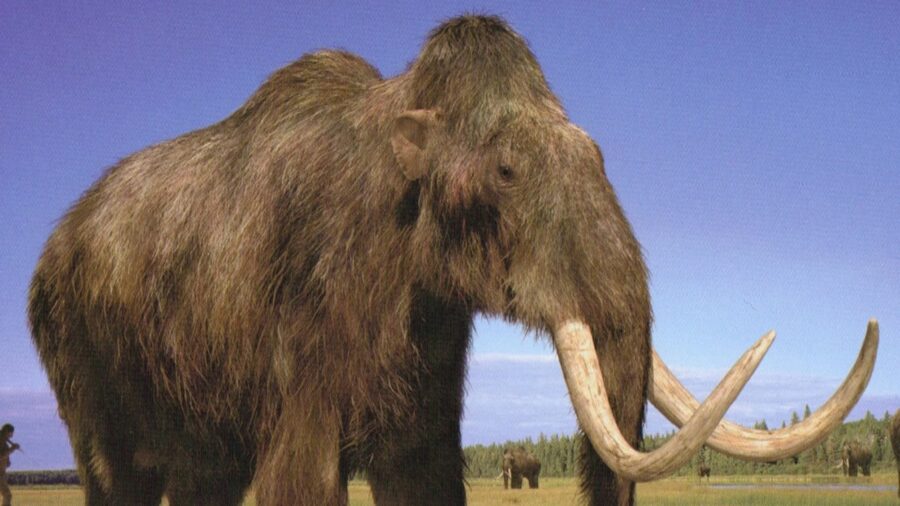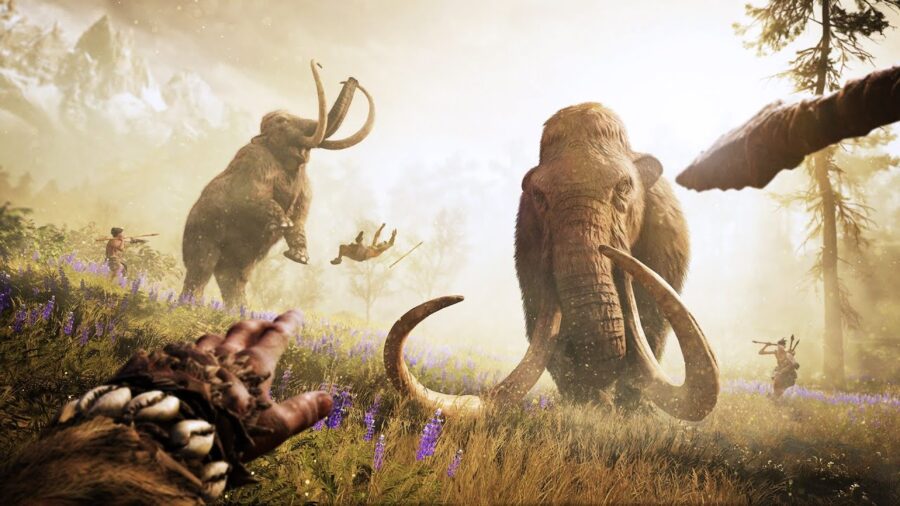Scientists Have Developed Meatballs Made Out Of A Long Extinct Animal
An Australian food startup concocted meatballs using woolly mammoth DNA.

Thanks to an Australian food startup, we can have spaghetti and woolly mammoth meatballs for dinner. CNN has reported that the startup has successfully grown the extinct animal meat in a lab and has used it to create meatballs out of the extinct animals that once roamed Earth. The question on everyone’s mind is, how did they do it?
To create the meatball from scratch, the scientists started with a base of myoglobin, which is a common protein in mammals, then filled in the mammoth DNA gaps using African elephant DNA. They then added this gene into a sheep muscle cell before growing it in a lab. This may sound familiar to how the scientists in Jurassic Park used frog DNA to fill in the gaps in the dinosaur’s DNA, before all hell broke loose.
One might wonder what mammoth meat tastes like, and believe it or not, there is one person who knows. Love Dalén, a professor from Stockholm University’s Centre for Paleogenetics, got to try a piece of a frozen carcass from a baby woolly mammoth while on a trip in Siberia. Though he didn’t report on what it tasted like, he said he would love to try the mammoth meatballs from the Australian food startup.
Unfortunately—or maybe fortunately—the public won’t be feasting on mammoth meatballs anytime soon. While creating this concoction was certainly entertaining, the company admits that the project was a publicity stunt created to highlight the importance of cultured meat. The meatball creation will be joining the Netherland’s Rijksmuseum Boerhaave world-famous collection of science and medicine oddities, including Albert Einstein’s fountain pen, the first hemodialysis machine by Willem Kolff, and the paintings showing the Four Guises of the Physician.
With the impending threat of climate change, scientists and business professionals alike are trying to find alternatives to one of the biggest causes of our planet’s CO2 emissions: meat. This has sparked the creation of many plant-based meat alternative food brands, like Tofurkey, Beyond Meat, and Impossible Foods, some of which are even serving their vegan options at Burger King and Del Taco. Rather than using mammoth meat, these companies typically use soy proteins, fatty oils, legumes, and other vegan ingredients.

Climate change wasn’t a factor in the simpler times when woolly mammoths walked the earth during the Pleistocene period (about 2,580,000 years ago). These now-extinct creatures were roughly the size of African elephants, weighing in at about six tons, and research shows they most likely traveled in herds. The gentle giants were herbivores, which meant they would munch on grass, and lots of it, to survive.
Surprisingly, creating mammoth meat isn’t the first time the horrors of the 1993 film Jurassic Park have nearly come true. Just like in the movie, scientists are trying to bring an extinct animal back to life, but this time it’s not dinosaurs. Scientists are researching how they can bring the extinct dodo bird back to life—thankfully, this animal seems much friendlier and less violent than dinosaurs.












